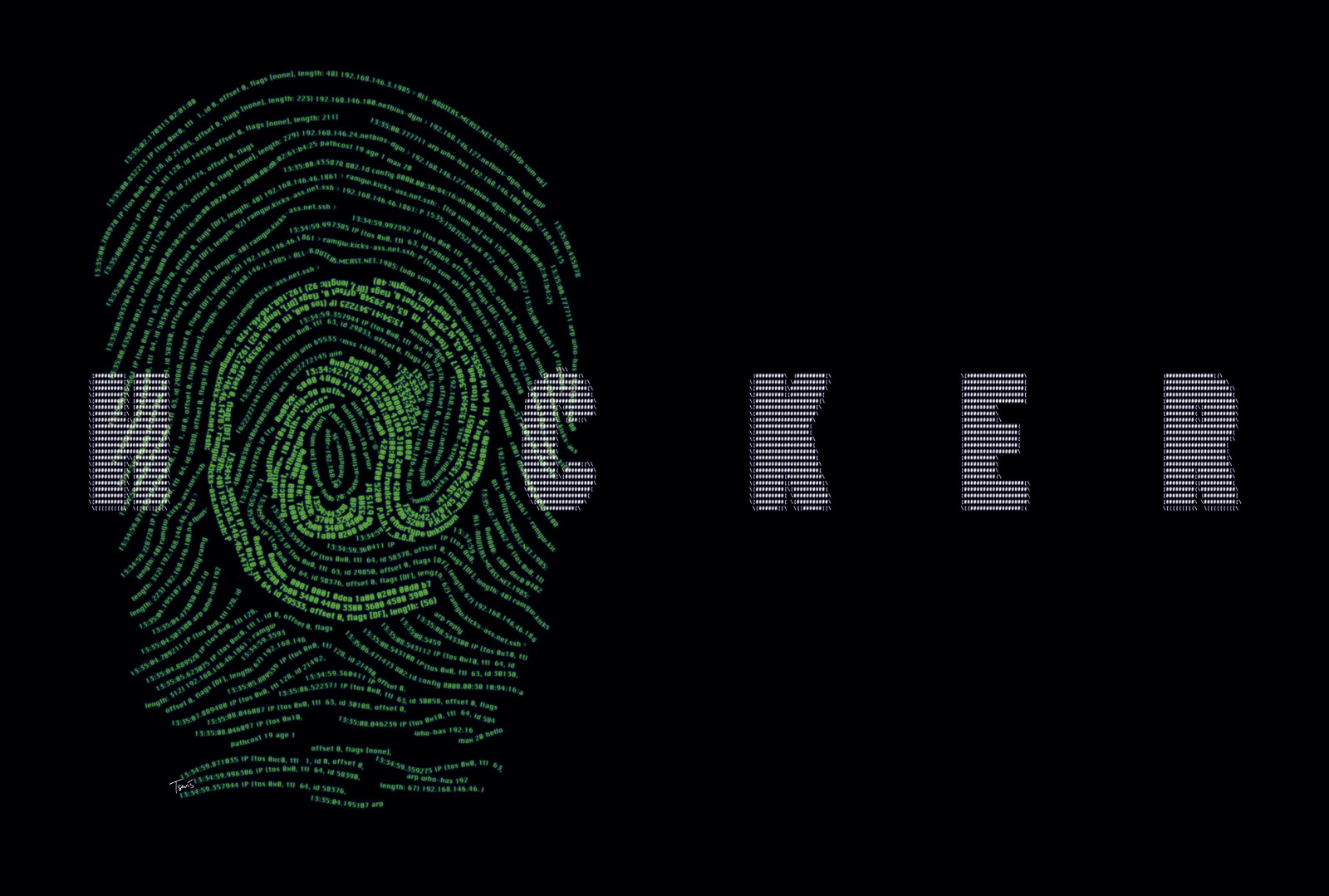For years, businesses have searched for the holy grail of the development world – the notion of being able to write a program, application, app, or whatever they’re now calling it, just once, while being able to deploy it on any number of systems. Hence the term “Write Once Run Anywhere”, a.k.a. WORA.
This notion really started to gain traction, or at least publicity, in the mid-90′s when Java took the business world by storm. Through the Java Virtual Machine (JVM), companies could be assured that their valuable software assets could be reused on Windows, Solaris, Unix, Linux, or Mac operating systems. The problem was that the implementation of the JVM varied across operating systems. In addition, the apps created with the technologies of the day, like Applets, Swing, etc. produced clunky user interfaces.
Now today, we have a whole new set of technologies with the same old set of promises. I don’t know how many times I’ve heard business folks say that want to learn about this HTML5 thing and how it can bring them to the promised land of WORA. After rolling my eyes (once I’ve turned away from them, of course), I proceed to explain how this is something that is more promise than reality. Besides, says I, who would want that anyway? Let me explain.







